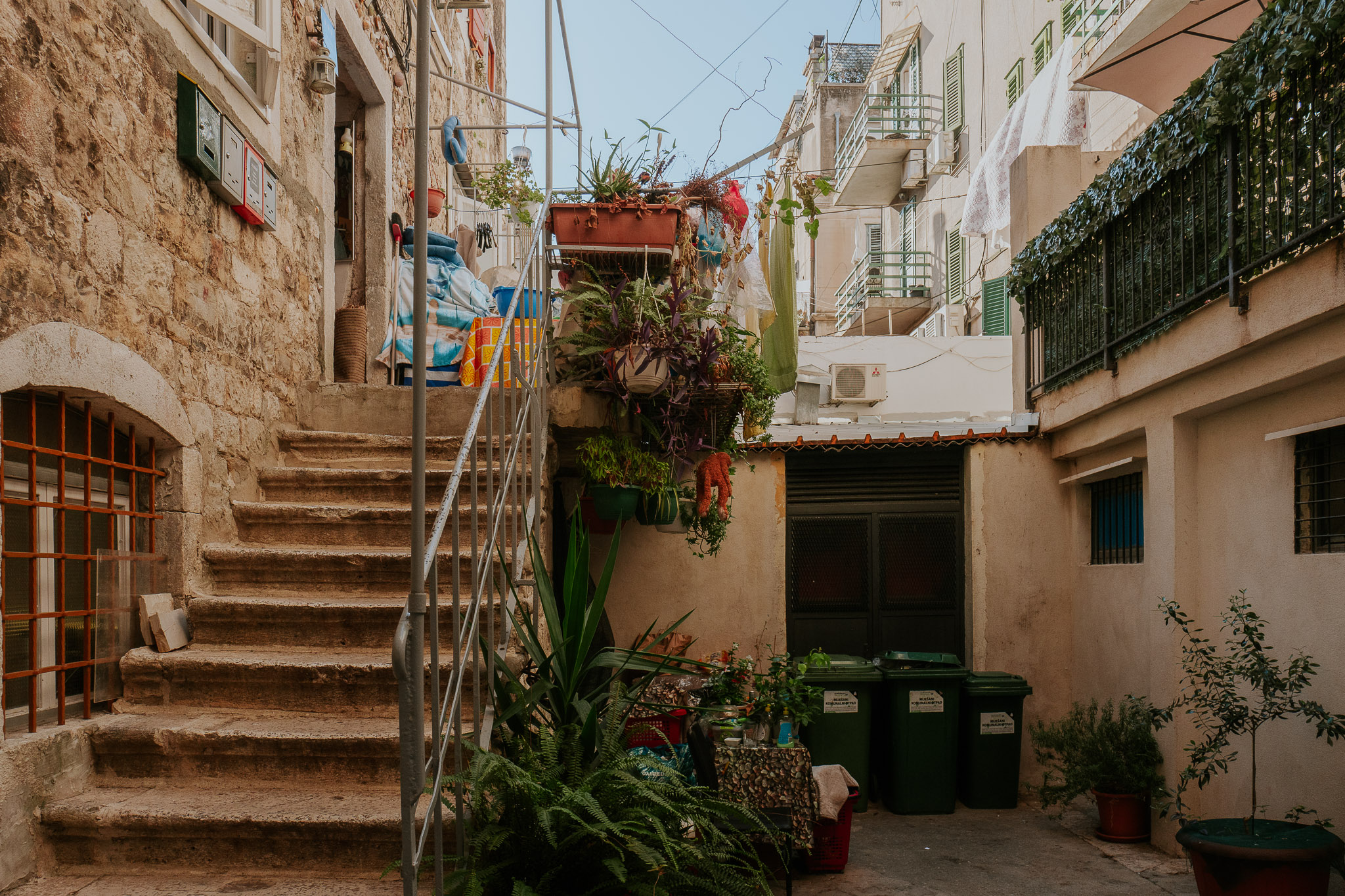Was my camera an early stimming toy?

A few years ago I found some Super 8 mm film footage of me playing with a camera as a young boy. I may have been 4 or 5 at the time. The camera has a range finder like look to it, but I doubt my parents were able to afford a Leica. I’m guessing it’s a Zorki, a Russian Leica clone. It was a fascinating discovery because it proved that I was into photography before computers, which I believed to be my first love. For years I thought I’ve been becoming a photographer after being into computers, but photography was there first.
I got my first computer, a Commodore 64, aged 6 and that became my passion, my autistic special interest, for the next 20 years. Photography was something I toyed with but due to film costs I never really got into it until digital cameras came along. The cameras I use today, at least my preferred ones as I have many, harken back to that original camera I played with. Dials, switches, small form factor and even a space for your thumb to rest as if it were a film winder. For personal work I use Leica cameras, the inspiration for that camera young me played with all those years ago. They give me a connection to my past and to my family. I get a feeling of nostalgia while using them. More recently, I have begun to see a connection to my autistic side in stimming.

You may have heard of stimming. It’s short for self stimulation, and it’s a way for autistic people to calm down, reduce symptoms of overload, or simply distract our brains. Many people flap their hands, rock back and forth, or even hit themselves. It may look strange to an outside observer, but for the autistic person it’s a valid way of making it through the day. How I stim is often via music. I can happily listen to the same 3-minute song all day. I’m writing this while listening to music with lyrics in because I’m not consciously listening to the words. My brain is being stimulated by the familiar patterns of sound. It is a safe source of input without any surprises. Unlike being outside where there are things moving around making me notice them both visually and audibly. I find it hard to be around people unless I’m being stimulated to distraction, which is why I use noise-cancelling headphones to manage and reduce my sensory input. As far as I’m aware, that is my only real way of stimming.
While I’ve got noise-cancelling headphones, I don’t have noise-cancelling sunglasses. I have joked with my wife about getting blinkers, so I can only focus on what I’m looking at rather than taking in everything because sometimes being hyper-aware of everything in my vision can be overwhelming leading to a meltdown. As I write this, I’m in a dark room staring at a bright screen. I am less aware of everything around me, which helps me focus. This reminds me of something. My camera. Putting the viewfinder to my eye blocks out everything around me to allow me to focus only on what I point the camera at. Blinkers, of a sort. While in the viewfinder, especially on the Leica camera, I see a minimal amount of information. The camera isn’t overloading me with information and flashing lights to grab my attention. A good viewfinder is a great space to be for autistic me, but it’s not the only part that helps. I think the device itself may act as some sort of absurdly expensive stim toy.

Numerous people have stim toys. Fidget spinners, fidget toys, plush cuddly toys, or even Rubik’s cubes. My camera is generally in my hand when I’m out. Partly to be ready for a photo, but also partly because I use it to stim with. I love my digital Leica cameras because they have a thumb rest where a film winder would be on a film camera. It gives my thumb something to play with. There’s a dial right next to that spot with little grooves in. It takes the right amount of force to turn the dial, but if you are gentle, you can rub your thumb over it to stim with. The lenses have dials on for adjusting the aperture that make satisfying clicks as you turn them. The film Leica M6 has a lovely shutter sound when I take a photo and also has an actual film winder that is a joy to use. When the film is wound on and ready to take a photo, the winder can still be played with. My cameras are my fidget toys.
I didn’t realise that I did this or even needed to. I bought the cameras before my ASD (Autism Spectrum Disorder) diagnosis, and I enjoyed the way they felt in my hand. After years of holding them, I realise that those little details are part of why I enjoy using them. That younger version of me playing with a camera may have unconsciously latched onto something they needed. 40 years later and they finally understand why.

Maybe for some people, cameras are entirely part of the experience of photography. On a commercial job, it may just be a tool to produce work with that makes money, but away from that it’s a tool that helps me navigate the world. It’s entirely possible that by playing with a camera as a kid, I connected with it on that level of physical stimming. Later, as an adult, I required the entire experience to be able to simply feel OK away from the safety of the computing world I had built at home. As I got into the arts scene I needed my safety blanket. I needed something. Something to fidget with. Something to create with. Something to make the world smaller and more manageable with. I needed a camera in my hand.
Does any of this make me a good photographer? Well… I don’t know. What I do know is that I enjoy the experience of these cameras from holding, to using to seeing the photographs appear.




Comments ()